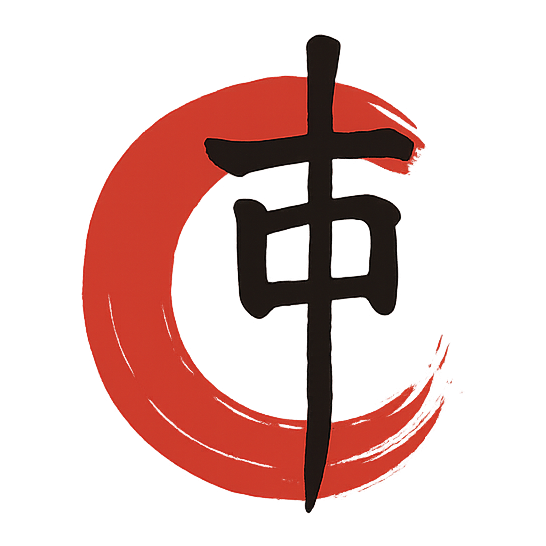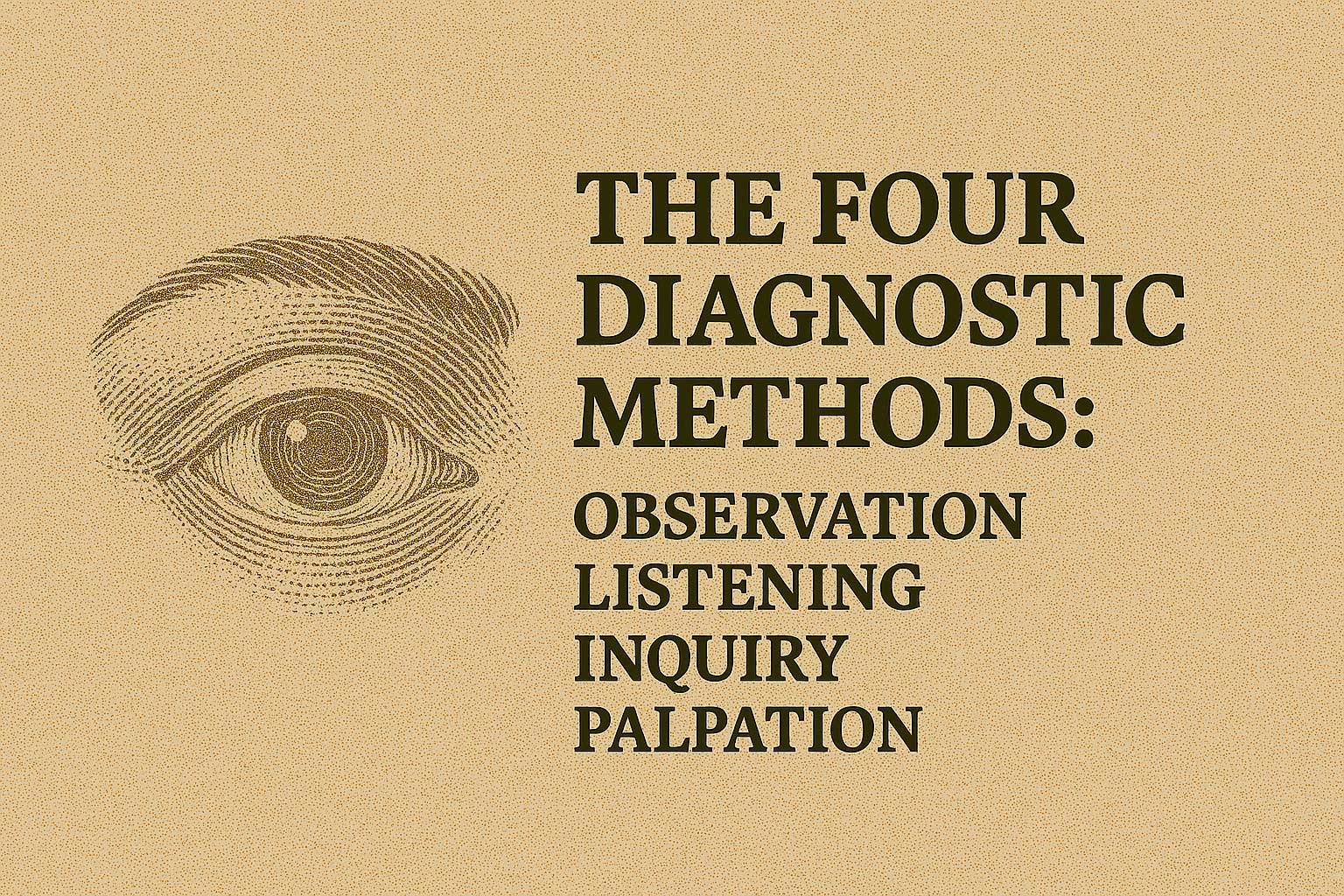Before the age of modern machines and laboratory tests, Traditional Chinese Medicine (TCM) developed a comprehensive diagnostic system known as the Four Diagnostic Methods (四诊, Sì Zhěn). These methods — Observation (望), Listening and Smelling (闻), Inquiry (问), and Palpation (切) — are used in combination to assess the state of internal organs, Qi and Blood, and the presence of any imbalances.
This systematic, holistic approach allows TCM practitioners to “see into the body” with sensitivity and experience, often revealing issues that may not yet appear on lab results.
🔶 1. Observation (望诊, Wàng Zhěn)
The practitioner observes the overall appearance of the patient, with particular attention to:
- Facial complexion: Pale (blood deficiency), red (heat), dark (stasis)
- Eyes: Spirit (Shen), brightness, clarity
- Tongue: Color, shape, coating (used as a primary diagnostic tool)
- Posture and movement: Reflect internal strength or weakness
- Skin and nails: Texture, color, and moisture
- Excretions: Color and form of urine, stool, sputum, etc.
🔎 Key tool: Tongue diagnosis — a “window into the organs”
🔶 2. Listening and Smelling (闻诊, Wén Zhěn)
This method includes both auditory and olfactory observations:
- Voice and breath: Strength, tone, clarity — reflects Lung and Qi condition
- Coughing or wheezing: Type, force, sound — Cold vs. Heat
- Body odor, breath: Dampness, Heat, or toxicity can alter body smells
Practitioners are trained to detect subtle shifts that reflect internal disharmony.
🔶 3. Inquiry (问诊, Wèn Zhěn)
The practitioner asks detailed questions about the patient’s:
| Category | Examples |
|---|---|
| General state | Fatigue, appetite, thirst, temperature sensitivity |
| Digestion | Bloating, stools (consistency, frequency), appetite |
| Sleep | Quality, time of waking, dreams |
| Emotions | Stress, anxiety, anger, sadness |
| Women’s health | Menstruation cycle, flow, pain, fertility |
| Past history | Illnesses, medications, family background |
This step allows pattern differentiation (辨证) — understanding not just what symptoms exist, but why they exist in a certain pattern.
🔶 4. Palpation (切诊, Qiè Zhěn)
Palpation primarily involves pulse diagnosis, but may also include palpating:
- Abdomen — tenderness, fullness, texture
- Back and limbs — coldness, heat, pain sensitivity
🔶 Pulse diagnosis evaluates:
- Depth (superficial or deep)
- Rate (fast or slow)
- Strength (strong or weak)
- Shape (slippery, choppy, wiry, etc.)
Each wrist has three positions, each felt at three depths, corresponding to 12 organ systems — a sophisticated diagnostic art in itself.
🔶 Integration: The Four Methods Work Together
No single method gives the full picture. TCM diagnosis is a synthesis — using all four to build a coherent understanding of the person’s internal state.
For example:
- A red tongue with yellow coating (Observation)
- Loud, rough voice (Listening)
- Bitter taste in mouth, irritability (Inquiry)
- Rapid, wiry pulse (Palpation)
→ May point to a Liver Fire pattern.
🔶 Conclusion
The Four Diagnostic Methods are the foundation of clinical reasoning in TCM. Rooted in careful observation and deep listening, they reflect the art of understanding the whole person — body, mind, and spirit — without invasive tools. In a modern world seeking more personalized care, these ancient methods still offer profound insight.


发表回复